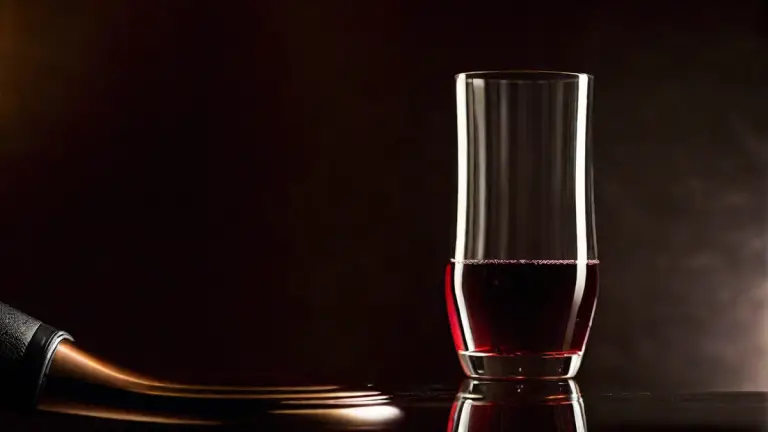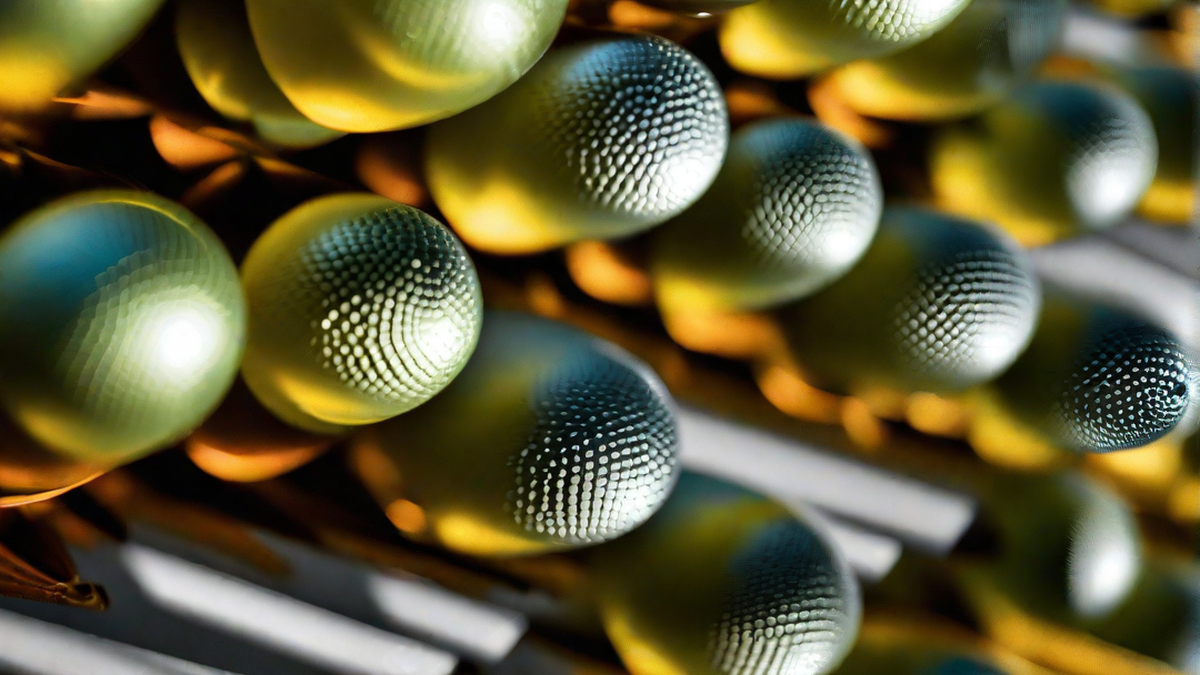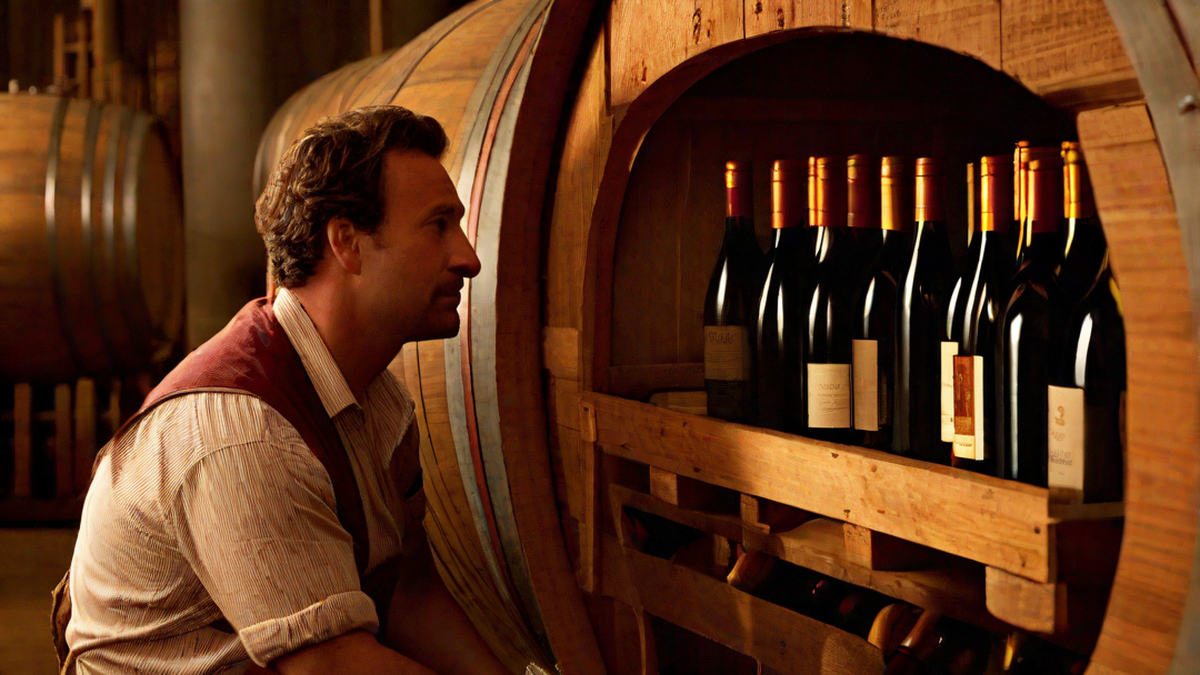When it comes to savoring a glass of Cabernet Sauvignon, it is crucial to serve it at the correct temperature. While chilling a red wine may seem counterintuitive to some, it can truly accentuate the flavors and aromas of certain types, such as Cabernet Sauvignon. As a wine lover, I have tested various chilling durations and temperatures to achieve the ideal harmony for this esteemed red wine.
First and foremost, it’s essential to note that not all red wines should be chilled. Light-bodied and fruity reds, such as Beaujolais or Pinot Noir, are typically served slightly chilled to enhance their refreshing qualities. However, full-bodied and robust reds, like Cabernet Sauvignon, benefit from a slightly cooler temperature to tame their intense tannins and allow other flavors to shine.
So, how long should you chill your Cabernet Sauvignon? The answer may vary depending on personal preference, but a general rule of thumb is to aim for a serving temperature between 60°F (15°C) and 65°F (18°C). This range allows the wine to retain its complexity while still being refreshing on the palate.
When chilling your Cabernet Sauvignon, there are a few key factors to consider. Firstly, the bottle should be placed in a refrigerator, not the freezer. Freezing the wine can dull its flavors and aromas, and it may even cause the bottle to burst due to expansion. Secondly, make sure to keep the wine upright while chilling to minimize the contact between the wine and the cork, reducing the risk of cork taint.
The duration of chilling will depend on the initial temperature of the wine. If the wine is stored at room temperature (around 70°F/21°C), it will take approximately 30 minutes to an hour to reach the desired serving temperature in the refrigerator. However, if the wine is already stored in a cool cellar or wine fridge (around 55°F/13°C), it may only need 15-30 minutes of chilling.
I personally enjoy my Cabernet Sauvignon slightly cooler than room temperature, so I tend to chill it for around 45 minutes. This allows the wine to develop a refreshing coolness without being overly cold, which can mute its flavors. Ultimately, the goal is to find the sweet spot where the wine feels balanced and enjoyable.
It’s worth noting that chilling Cabernet Sauvignon may slightly mute its aromas initially. However, as the wine warms up in the glass, those complex aromas will gradually reveal themselves. I find this evolution of aromas quite fascinating and always take the time to appreciate the wine’s transformation as I sip.
In conclusion, chilling Cabernet Sauvignon can be a game-changer for those who appreciate the nuances of this bold red wine. By carefully considering the serving temperature, chilling time, and personal preference, you can unlock a whole new level of enjoyment. So, the next time you open a bottle of Cabernet Sauvignon, don’t be afraid to give it a gentle chill – you might be pleasantly surprised by the results.




